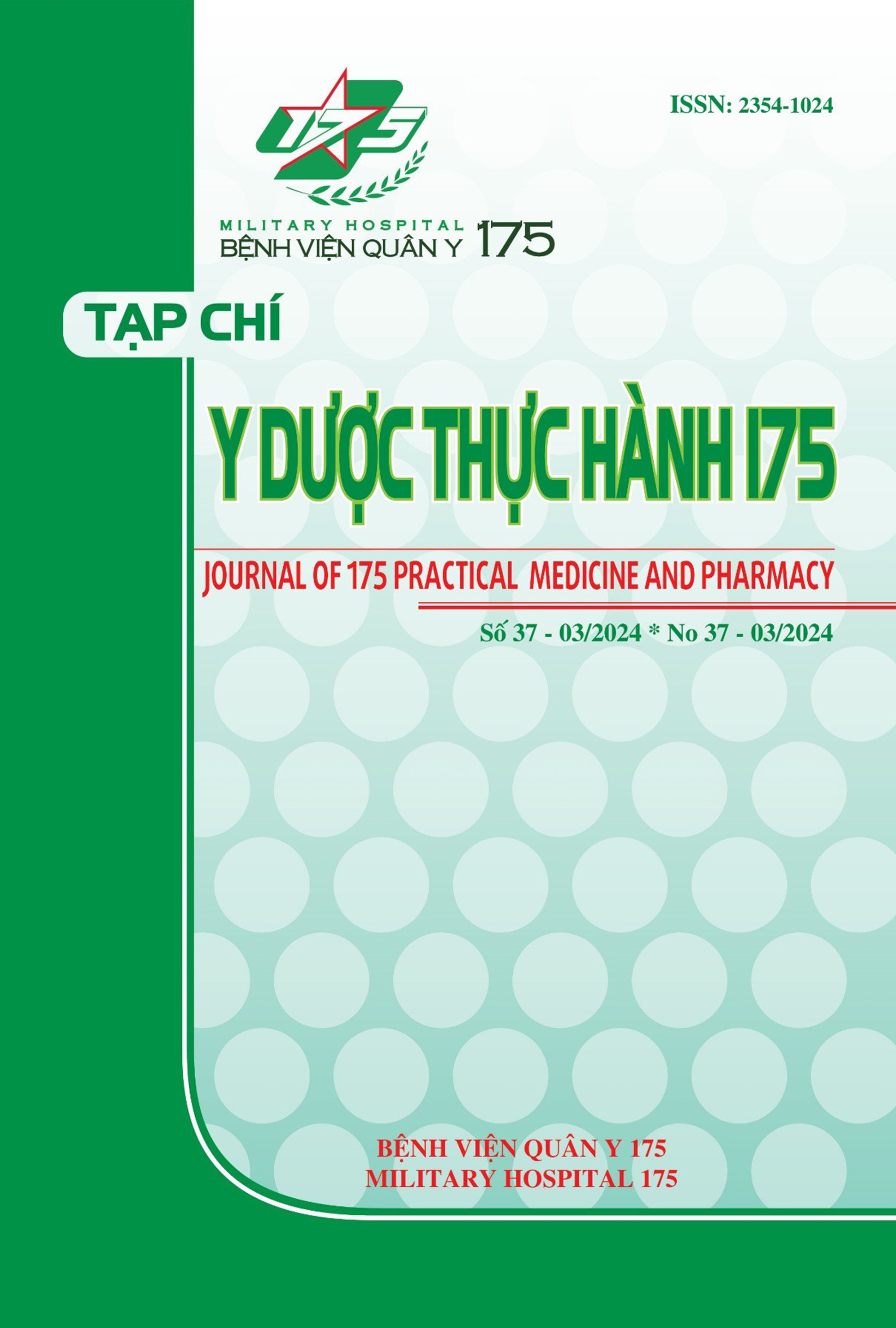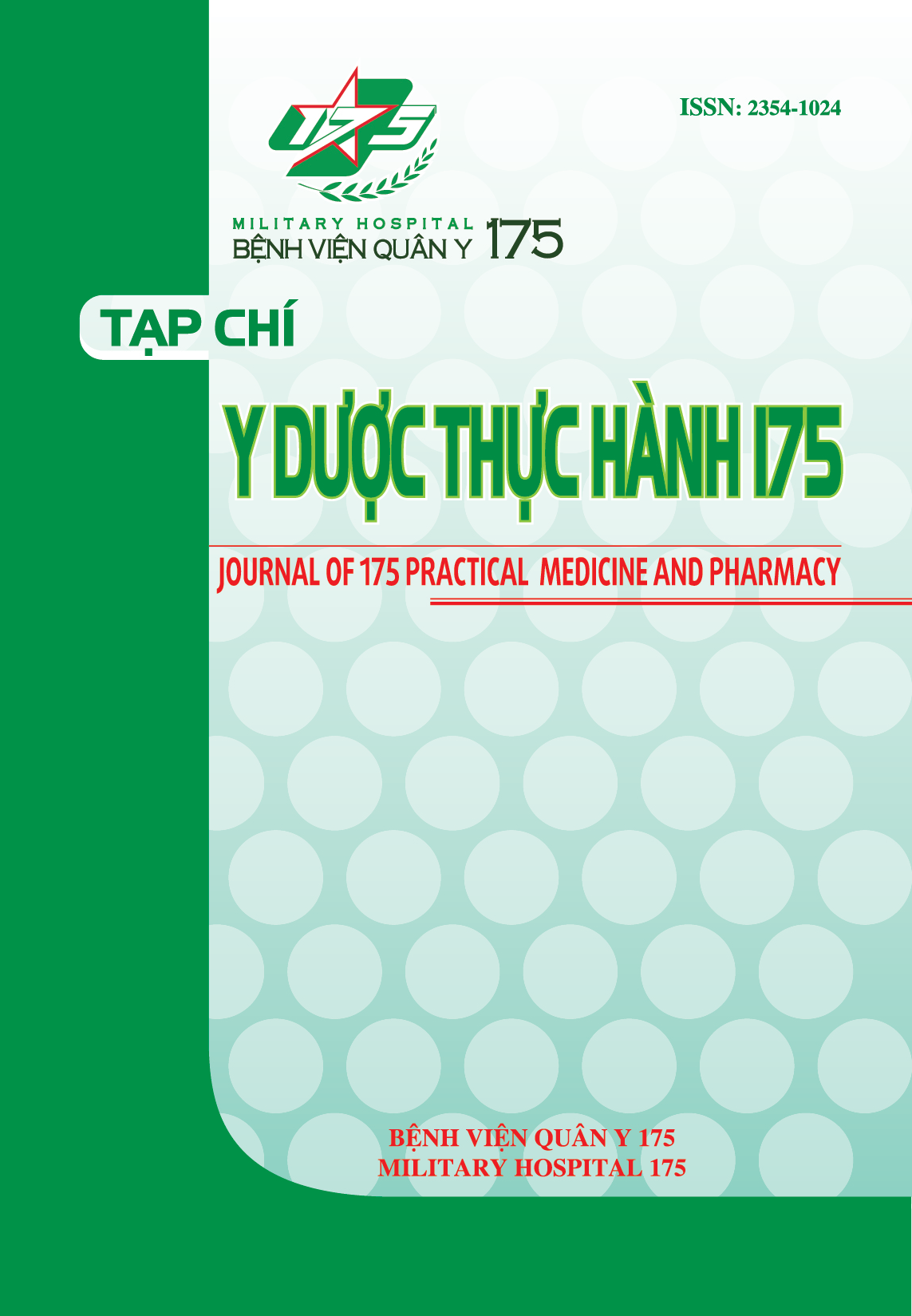STUDY THE BACTERIOLOGICAL CHARACTERISTICS AND SOME RELATED FACTORS ON FOOT LESIONS IN PATIENTS WITH TYPE 2 DIABETES
Authors
DOI: https://doi.org/10.59354/ydth175.2024.244Keywords:
Nhiễm khuẩn bàn chân, tiểu đường, kháng sinh đồReferences
Nguyễn Thị Bích Đào (2012), “Nghiên cứu đặc điểm lâm sàng và cận lâm sàng của bệnh nhân đái tháo đường typ 2 có nhiễm trùng bàn chân”. Y học thực hành (817)-số 4/12, tr. 127-131.
Bùi Văn Thìn (2015), “Đặc điểm lâm sàng, cận lâm sàng ở bệnh nhân đái tháo đường typ 2 có biến chứng bàn chân”, Y học cộng đồng, số 15 + 16 tháng 01 – 02/2015, tr. 40 – 44.
Bùi Thị Mỹ Hạnh, Nguyễn Thy Khuê (2013), “Tỷ lệ đoạn chi và các yếu tố liên quan trên bệnh nhân đái tháo đường typ 2 nhiễm trùng chân tại BVND 115”.Tạp chí Nội tiết-Đái tháo đường, số 6, tr. 142-146.
Ikeh, E.I., Peupet, F. Nwadiaro, C. (2003), “Stadies on diabetic foot ulcers in patients at jos university teaching hospital, Nigeria”, Africa journal of clinical & experimental microbiology, July. Vol4 No 2, pp. 52-60.
Lê Bá Ngọc (2018). Nghiên cứu đặc điểm loét bàn chân và kết quả điều trị giảm tái loét gan bàn chân ở bệnh nhân đái tháo đường. Luận án tiến sĩ y học, Đại học Y Hà Nội.
L. Prompers et al (2007). High prevalence of ischaemia, infection and serious comorbidity in patients with diabetic foot disease in Europe. Baseline results from the Eurodiale study. Diabetologia, 50, 18 - 25.
Lê Tiến Dũng (2017), Nghiên cứu đặc điểm vi khuẩn và đề kháng kháng sinh invitro tại bệnh viện Đại học Y Dược TP Hồ Chí Minh, Thời sự Y học, tr.64-68.
Downloads
PDF Downloaded: 21










